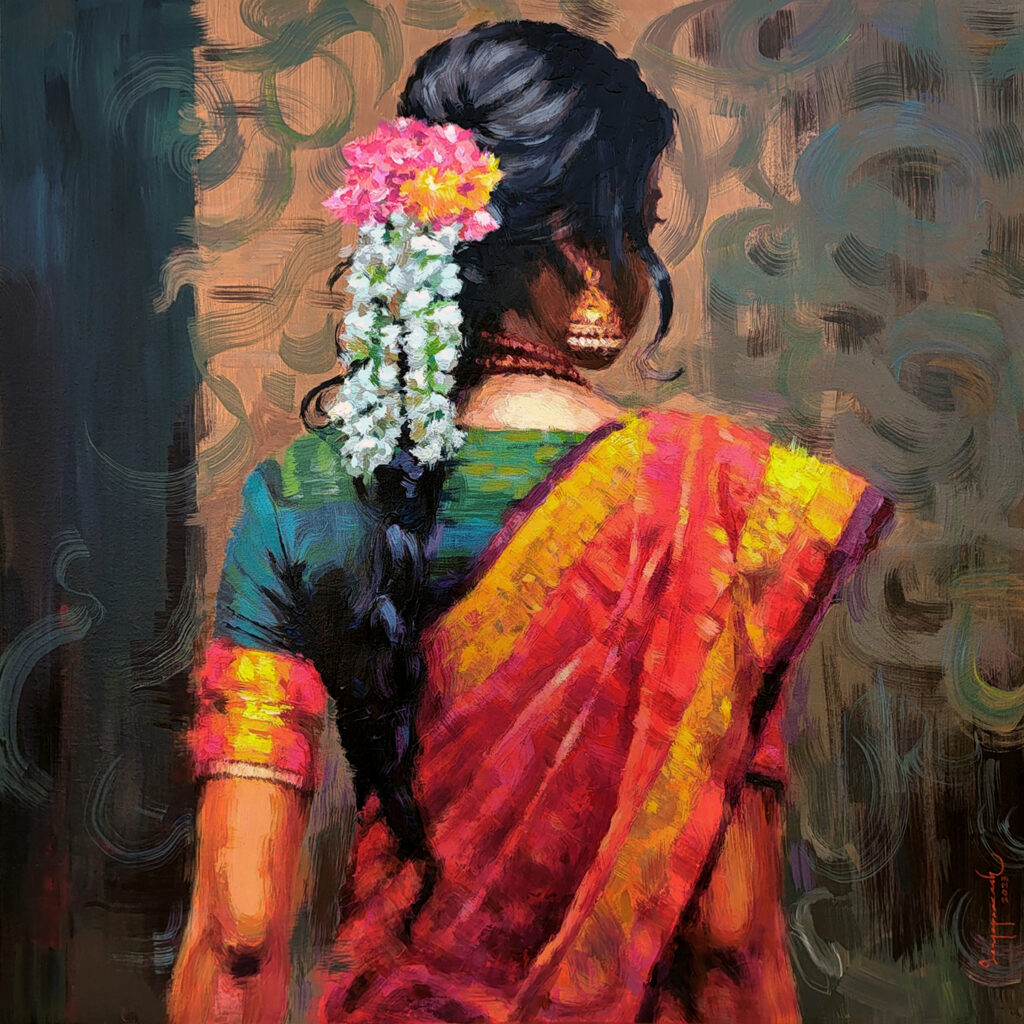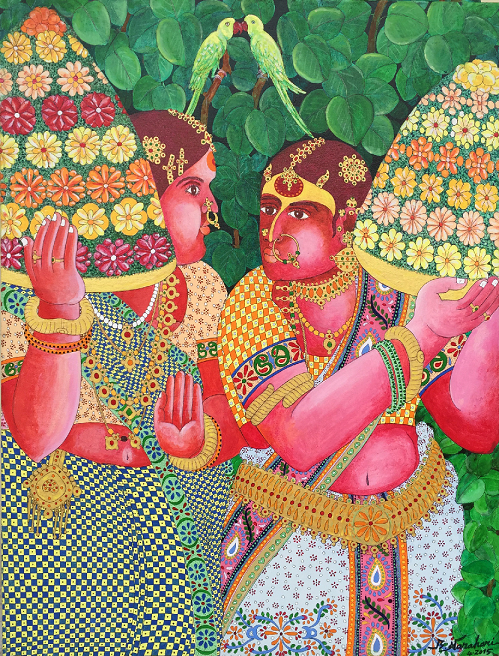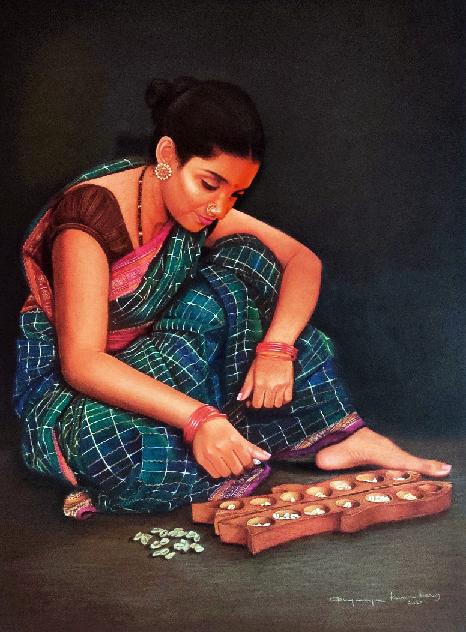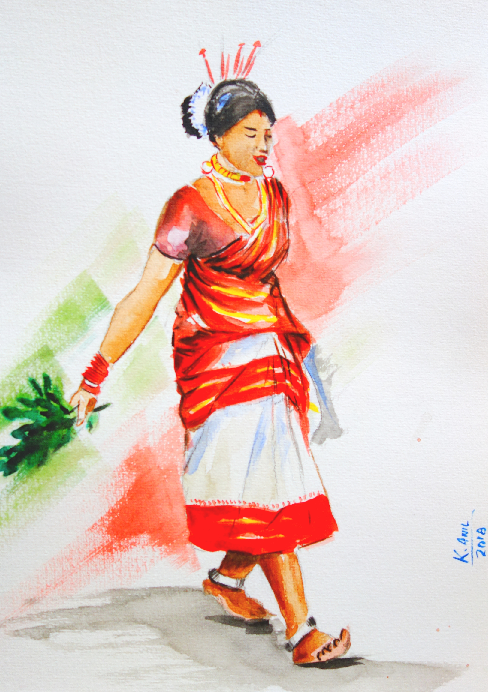India is a land of rich cultural heritage, and one of its most vibrant expressions lies in its diverse handloom traditions. Every National Handloom Day celebrated on August 7th, we honour the timeless art of handloom weaving and the skilled artisans who keep this tradition alive. This day commemorates the Swadeshi Movement and highlights the importance of supporting indigenous crafts. Let’s delve into the captivating world of Indian weaves and their significance.

A Tapestry of Tradition
Indian handlooms are a testament to the country’s multifaceted culture and history. Each region boasts its own unique weaving style, patterns, and techniques, making Indian textiles a mosaic of diverse artistic expressions. From the lush landscapes of Assam to the arid deserts of Gujarat, every corner of India tells a story through its weaves.
Kanjeevaram Silk
Originating from Tamil Nadu, Kanjeevaram silk is synonymous with elegance and durability. The vibrant colours and elaborate zari work make these saris a staple for South Indian weddings and festive occasions. The unique interlocking weft technique ensures that the fabric is sturdy and long-lasting, a true testament to the artisans’ expertise.

Pochampally Ikat
From the village of Pochampally in Telangana, Ikat weaving is a labour-intensive process where the yarns are tie-dyed before weaving. This technique creates mesmerizing geometric patterns that are both timeless and contemporary. Pochampally Ikat saris and fabrics are celebrated for their bold designs and vibrant hues.

Chettinad Checks
From the Chettinad region of Tamil Nadu, Chettinad checks are known for their bold and contrasting colours. Traditionally used in saris, these checks often feature a combination of black, red, and mustard hues. The unique colour palette and the use of coarse cotton make Chettinad a distinctive and cherished part of South Indian textiles.

Bengal Cotton
Bengal cotton, known for its fine texture and unparalleled softness, is a treasured fabric in the rich textile heritage of India. Originating from the lush landscapes of West Bengal, this handwoven cotton is celebrated for its breathability and comfort, making it ideal for the region’s humid climate. The exquisite craftsmanship involved in producing Bengal cotton saris and garments reflects centuries-old weaving traditions, often featuring intricate patterns and delicate motifs. Renowned for its durability and elegance, Bengal cotton continues to be a symbol of timeless beauty and cultural pride.

Assamese Weaves
The northeastern state of Assam is renowned for its exquisite handloom products, with a variety of traditional weaves that reflect the region’s rich cultural heritage. Assamese textiles, such as the mekhela chador and gamusa, are celebrated for their intricate patterns and use of natural dyes. The mekhela chador, a traditional garment worn by Assamese women, showcases the artistry of local weavers with its elaborate designs and vibrant colours. The gamusa, a versatile piece often used in ceremonies, exemplifies the fine craftsmanship and cultural significance of Assamese weaving traditions.

Preserving a Heritage
The art of handloom weaving is passed down through generations, with many weavers learning the craft from their ancestors. However, in an age of fast fashion and mechanized production, the handloom sector faces significant challenges. Supporting handloom weavers by purchasing authentic handloom products ensures that this rich heritage continues to thrive.
Modern Adaptations
In recent years, there has been a resurgence of interest in handloom textiles, thanks to the efforts of designers, artisans, and conscious consumers. Contemporary fashion is increasingly incorporating traditional weaves, blending the old with the new to create innovative and sustainable styles. By wearing handloom garments, we not only celebrate our cultural heritage but also contribute to a more sustainable fashion industry.
Conclusion
On this National Handloom Day, let us celebrate the incredible artistry of Indian weavers and the timeless beauty of their creations. By embracing handloom textiles, we honour our cultural roots and support the livelihoods of artisans who continue to weave magic with their hands. Let’s pledge to keep this heritage alive, one weave at a time.
Explore the world of Indian handlooms, and you’ll find yourself wrapped in stories of tradition, craftsmanship, and timeless elegance. Happy National Handloom Day!